On the eastern coast of New Zealand's South Island, where the Pacific Ocean meets the land with a gentle yet persistent embrace, lies a stretch of shoreline known as Koekohe Beach. It is here that one of nature's most intriguing and mesmerizing phenomena can be found: the Moeraki Boulders. These large, spherical stones, scattered along the beach like a collection of ancient marbles, are a testament to the incredible power and precision of natural processes. Each boulder, roughly two meters in height, appears almost perfectly round, as if meticulously crafted by some long-forgotten civilization. In reality, however, these boulders are the result of millions of years of geological activity, a slow and steady dance between earth and sea.
The Legend of the Araiteuru
For the Maori people, who have inhabited New Zealand for centuries, the Moeraki Boulders are more than just geological curiosities; they are a part of their rich cultural heritage. According to local Maori legend, the boulders are the remnants of a great canoe named Araiteuru. This legendary vessel, carrying a group of explorers and settlers, was wrecked off the coast of what is now known as Moeraki. The story goes that the canoe's cargo of fishing baskets, eel baskets, and gourds was washed ashore, transformed over time into the boulders that now dot the landscape. The Maori people believe that these boulders are not just rocks but the physical manifestation of their ancestors' journey and struggles. They are a connection to the past, a reminder of the bravery and resilience of those who first set foot on New Zealand's shores.
This legend adds a layer of mystique and cultural significance to the Moeraki Boulders, making them more than just a natural wonder. They are a bridge between the ancient and the modern, a symbol of the enduring legacy of the Maori people and their deep connection to the land.
The Geological Formation of the Moeraki Boulders
While the Maori legend is a beautiful and evocative explanation for the presence of the Moeraki Boulders, the scientific story behind their formation is equally fascinating. These boulders are the result of a geological process that began over five million years ago, during the early Miocene epoch. At that time, the area that is now Koekohe Beach was a shallow marine environment, covered by layers of mudstone and silt. Within this sediment, pockets of calcite and other minerals began to form, gradually accumulating and hardening over millions of years.
The process of concretion, as it is known, involves the slow accumulation of minerals around a central nucleus, such as a fossil or a piece of shell. Over time, these minerals build up in concentric layers, creating the spherical shape that characterizes the Moeraki Boulders. The surrounding mudstone and silt, less resistant to erosion, gradually wore away, revealing the boulders in their current form. The result is a collection of nearly perfect spheres, each one a testament to the slow and steady power of geological processes.
The Allure of the Moeraki Boulders
The Moeraki Boulders are a popular destination for tourists and photographers alike, drawing visitors from around the world. Their unique shape and size make them a striking sight, especially against the backdrop of the rugged New Zealand coastline. The boulders are scattered along the beach in clusters, some standing alone while others are grouped together, creating a surreal and almost otherworldly landscape.
For photographers, the Moeraki Boulders offer endless opportunities for creative expression. The interplay of light and shadow on their smooth, rounded surfaces creates a dynamic and ever-changing visual experience. Whether captured at sunrise, sunset, or under the soft glow of moonlight, the boulders always reveal new facets of their beauty. Their perfect spherical shape also lends itself to a variety of photographic techniques, from close-up macro shots to wide-angle panoramas.
Visitors to Koekohe Beach are often struck by the sense of wonder and awe that the Moeraki Boulders inspire. Walking among these ancient stones, one cannot help but feel a connection to the past, to the millions of years of geological history that have shaped this landscape. The boulders serve as a reminder of the incredible power and precision of nature, a testament to the fact that even the most seemingly simple and ordinary processes can create something truly extraordinary.
The Cultural and Ecological Significance of the Moeraki Boulders
Beyond their geological and aesthetic appeal, the Moeraki Boulders hold significant cultural and ecological value. For the Maori people, these boulders are a tangible link to their ancestors and their history. They are a symbol of resilience and endurance, a reminder of the challenges faced by the first settlers of New Zealand and their ability to adapt and thrive in a new and unfamiliar environment.
Ecologically, the Moeraki Boulders also play an important role in the local environment. Their presence on the beach provides a unique habitat for a variety of plant and animal species. The nooks and crannies of the boulders offer shelter and protection for small marine creatures, while their smooth surfaces provide a substrate for algae and other marine plants to grow. This, in turn, supports a diverse ecosystem of fish, birds, and other wildlife, making the area a rich and vibrant part of New Zealand's natural heritage.
Conservation Efforts and the Future of the Moeraki Boulders
Recognizing the cultural, ecological, and geological significance of the Moeraki Boulders, efforts have been made to protect and preserve this unique landscape. The area is now part of the Moeraki Boulders Scientific Reserve, managed by the New Zealand Department of Conservation. This designation ensures that the boulders and their surrounding environment are protected from development and other human activities that could potentially harm them.
Visitors to the reserve are encouraged to respect the natural environment and follow guidelines to minimize their impact. This includes staying on designated paths, not touching or moving the boulders, and avoiding littering or other activities that could damage the delicate ecosystem. By taking these steps, visitors can help ensure that the Moeraki Boulders remain a source of wonder and inspiration for future generations.
The Moeraki Boulders are a true natural wonder, a testament to the incredible power and precision of geological processes. Their unique shape and size, the result of millions of years of formation and erosion, make them a striking and unforgettable sight. The Maori legend of the Araiteuru adds a layer of cultural significance to these boulders, connecting them to the rich history and traditions of New Zealand's indigenous people. Whether viewed through the lens of science, culture, or personal experience, the Moeraki Boulders are a reminder of the beauty and complexity of the natural world. They are a bridge between the past and the present, a symbol of resilience and endurance, and a source of wonder and inspiration for all who encounter them.
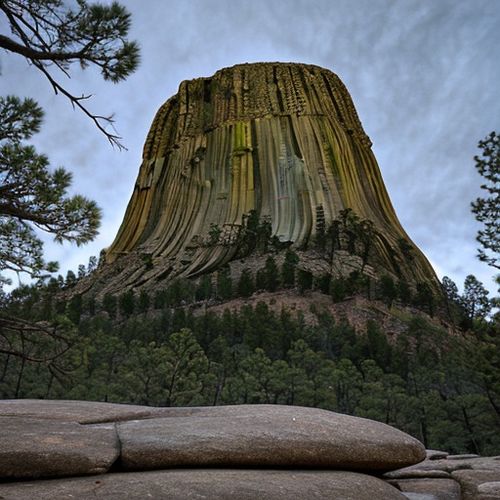
By Natalie Campbell/Apr 27, 2025
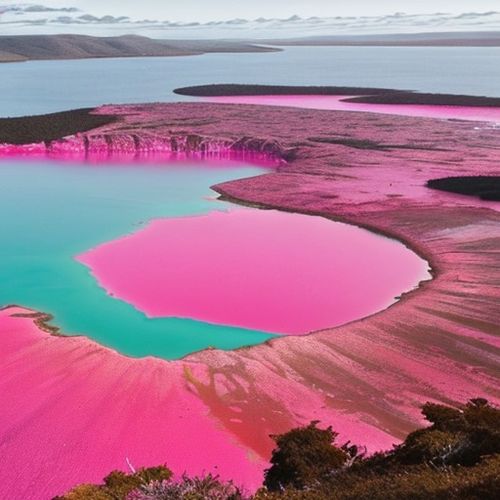
By Olivia Reed/Apr 27, 2025

By Noah Bell/Apr 27, 2025
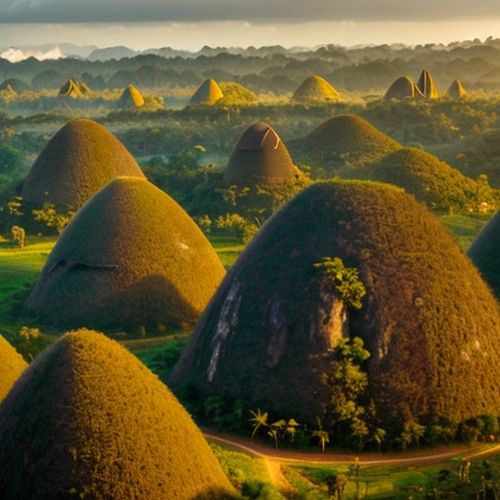
By Jessica Lee/Apr 27, 2025
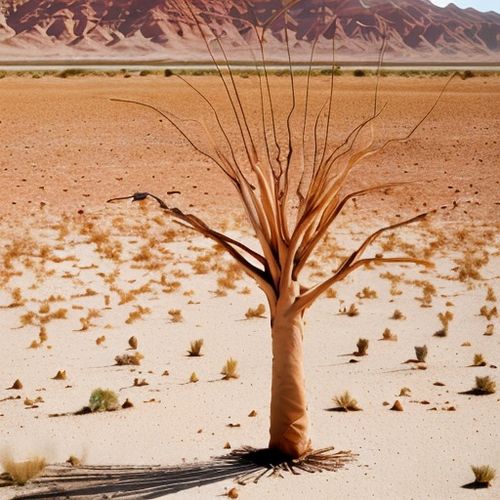
By Daniel Scott/Apr 27, 2025
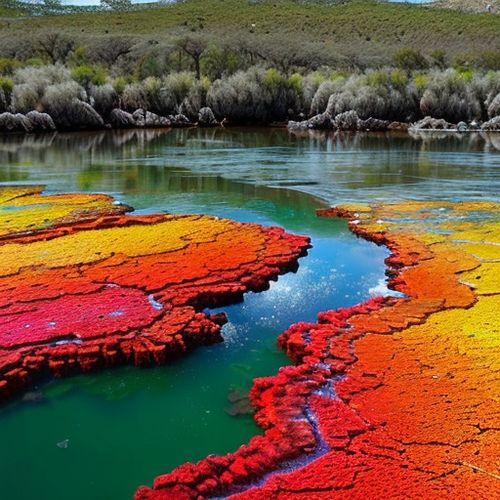
By Grace Cox/Apr 27, 2025
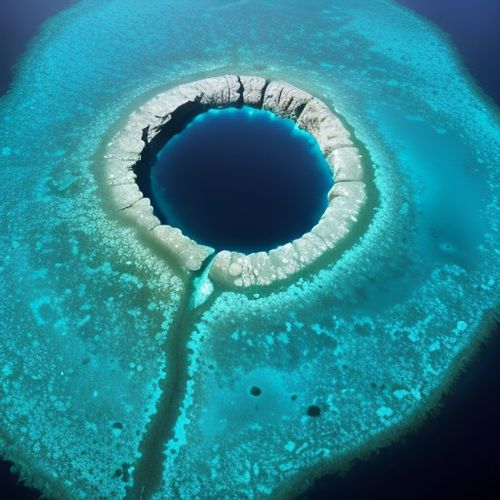
By Michael Brown/Apr 27, 2025
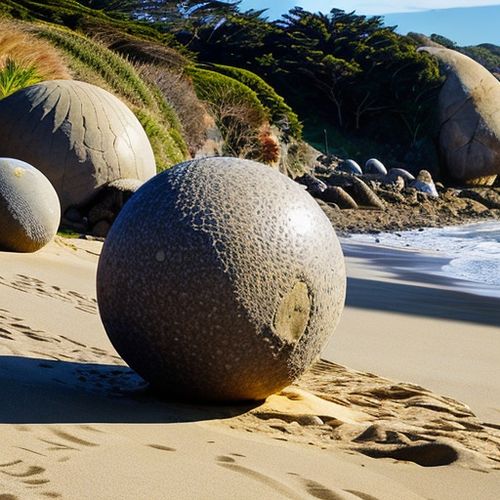
By Amanda Phillips/Apr 27, 2025
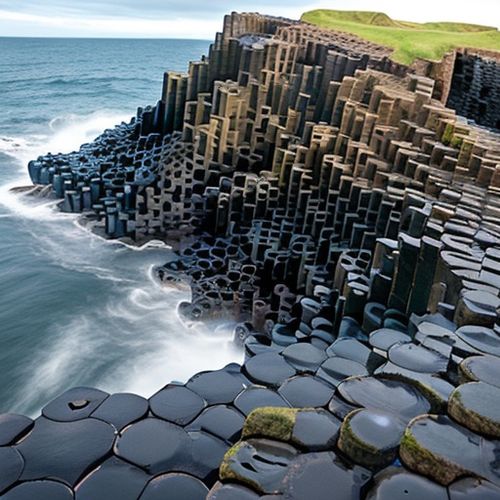
By Ryan Martin/Apr 27, 2025
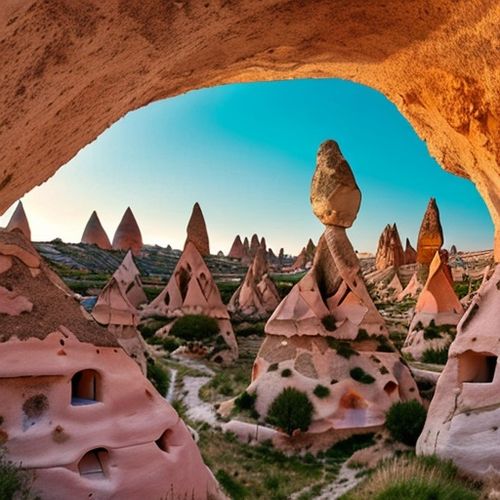
By Victoria Gonzalez/Apr 27, 2025
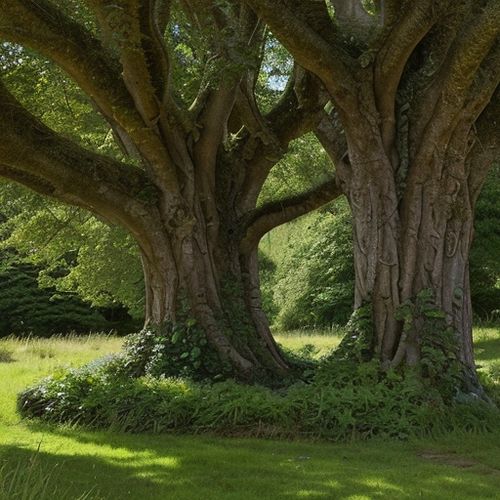
By Natalie Campbell/Apr 27, 2025
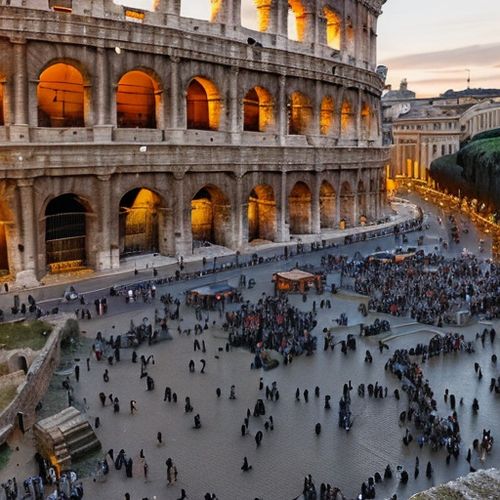
By Ryan Martin/Apr 11, 2025
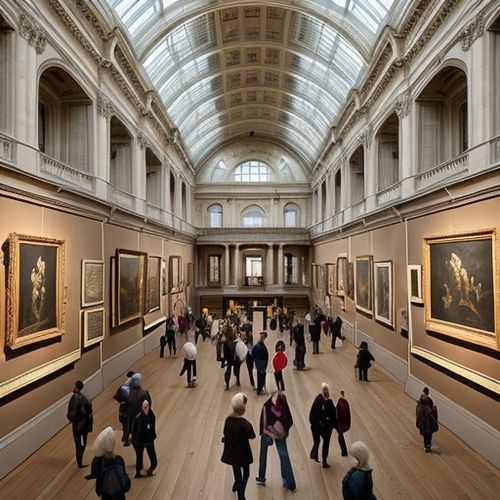
By Sophia Lewis/Apr 11, 2025

By David Anderson/Apr 11, 2025

By Rebecca Stewart/Apr 11, 2025

By Thomas Roberts/Apr 11, 2025
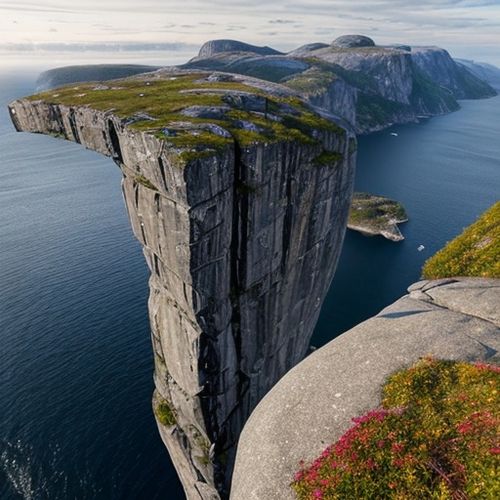
By Thomas Roberts/Apr 11, 2025
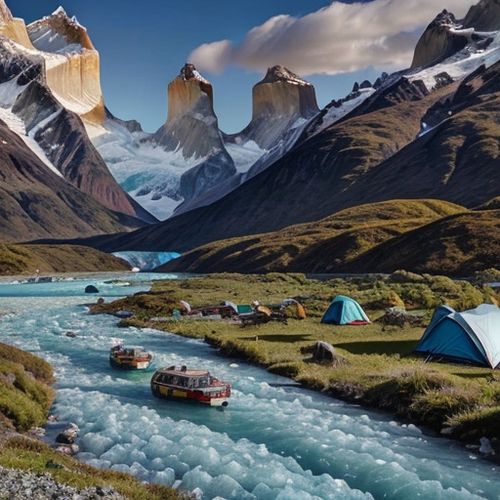
By Elizabeth Taylor/Apr 11, 2025
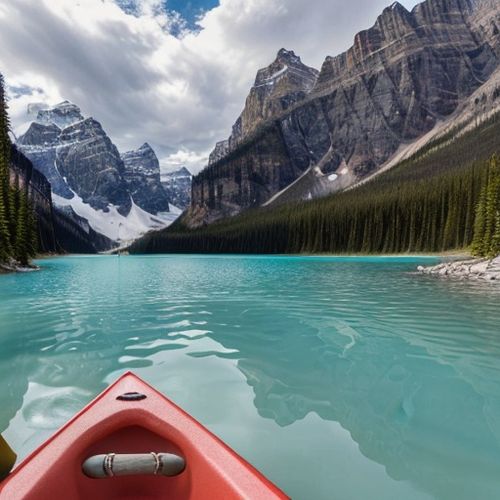
By Thomas Roberts/Apr 11, 2025
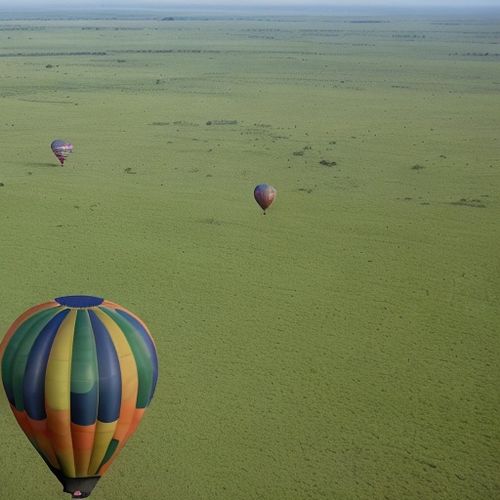
By Eric Ward/Apr 11, 2025